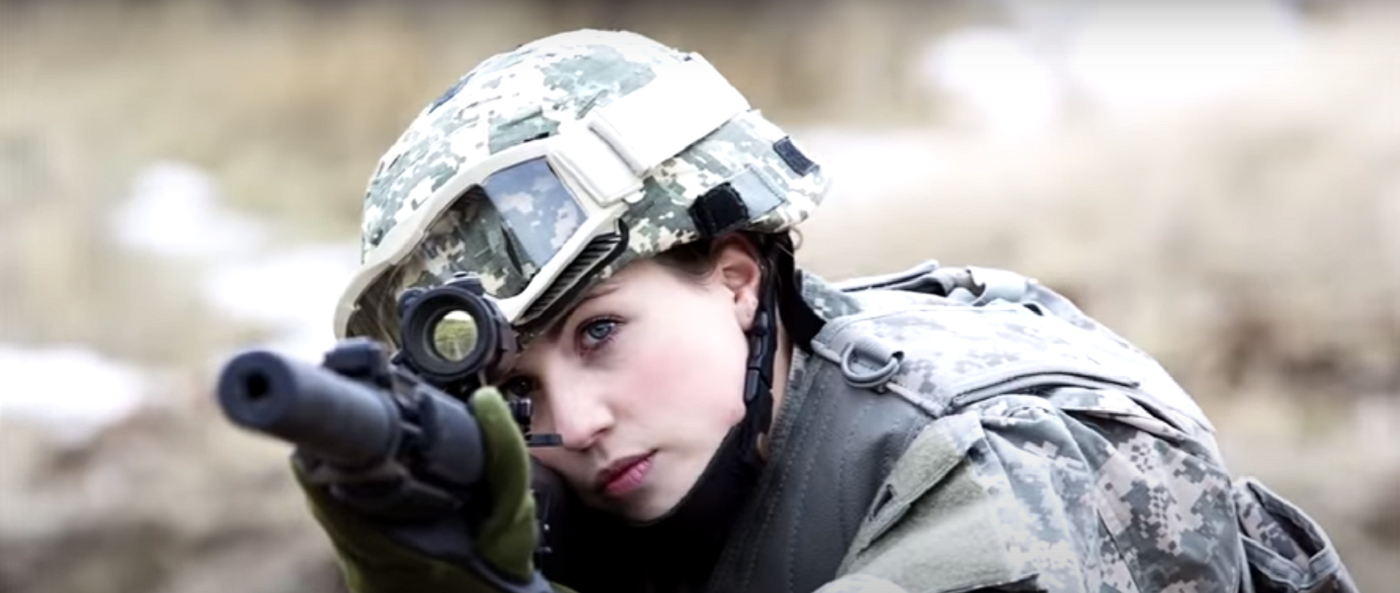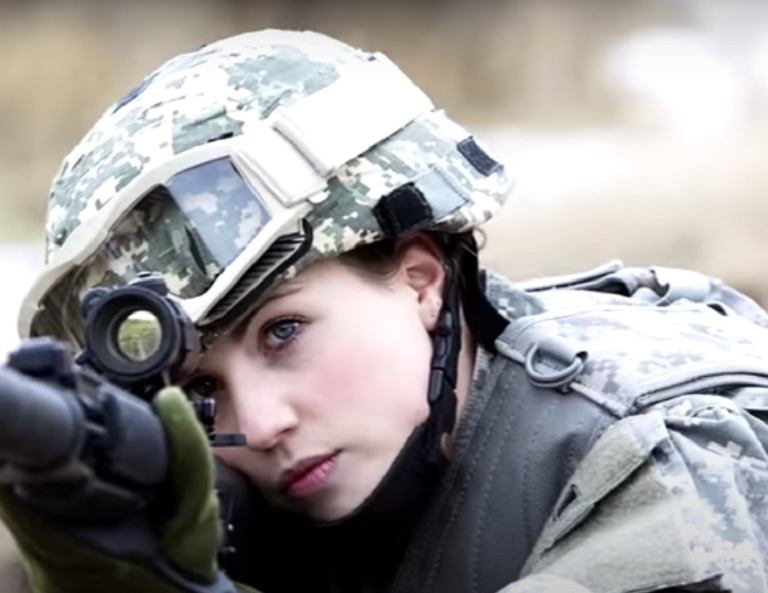The Importance And/Or History Of Women In The US Military
 The greatest obstacle to women’s advancement is their exclusion from combat, which constitutes the main point of contention within the current policy of recruitment and deployment of uniformed women. In the air forces and the Navy, the law prohibits the participation of women in combat units, warships, or fighters. However, in the Army, such participation is hampered not by law, but by a matter of general policy (Title 2 of the Civil Rights Act of 1964 exempts them from compliance with the anti-discrimination statutes). Thus, the Army is reluctant to assign women to professional specialties such as infantry, tank units, artillery, engineers, or low altitude air defense, jobs that rank first in the direct combat probability code, which evaluates the possibility of participation in combat. (In contrast, jobs in positions two through seven are open to women, representing more than 90% of all personnel assigned to these positions. These include medium and high altitude artillery, as against missiles and rockets that travel to these heights is fired from far behind the front line.
The greatest obstacle to women’s advancement is their exclusion from combat, which constitutes the main point of contention within the current policy of recruitment and deployment of uniformed women. In the air forces and the Navy, the law prohibits the participation of women in combat units, warships, or fighters. However, in the Army, such participation is hampered not by law, but by a matter of general policy (Title 2 of the Civil Rights Act of 1964 exempts them from compliance with the anti-discrimination statutes). Thus, the Army is reluctant to assign women to professional specialties such as infantry, tank units, artillery, engineers, or low altitude air defense, jobs that rank first in the direct combat probability code, which evaluates the possibility of participation in combat. (In contrast, jobs in positions two through seven are open to women, representing more than 90% of all personnel assigned to these positions. These include medium and high altitude artillery, as against missiles and rockets that travel to these heights is fired from far behind the front line.
Similarly, women can engage in all aviation jobs except aerial exploration and helicopter gunships.) They represent more than 90% of all personnel assigned to these positions. These include medium and high altitude artillery, as missiles and rockets traveling at these heights are fired from far behind the front line. Similarly, women can do all aviation jobs except aerial exploration and helicopter gunships.) They represent more than 90% of all personnel assigned to these positions. These include medium and high altitude artillery, as missiles and rockets traveling at these heights are fired from far behind the front line. Similarly, women can do all aviation jobs except aerial exploration and helicopter gunships.)
Chivalrous Arguments
When asked for their comment on exclusion from combat, male staff often gives chivalrous arguments: that people are not prepared to see the bodies of fallen women return in bags, or the male soldier’s instinct to protect the woman and that it could lead to neglect of their duties during an attack. An instructor from West Point mentions the male unit connection. The presence of women destroys the camaraderie of the body, so necessary for effectiveness in combat. In May 1982, the Army abandoned the practice of mixed platoons in basic training. After a series of tests among recruits revealed that an intangible element, difficult to assess, prevented young people from exceeding themselves in an environment where there were women. However, such a change was greeted by a storm of protests by women, accusing them of prejudice and warning that such a measure would reinforce the situation as second-class soldiers of women.
 This exclusion of women from full participation in the voluntary armed forces represents one of the last frontiers for feminist advocates of equal rights. They believe that institutional limitations that are not based on must be removed capacity but in sex. Influential feminist groups in the United States point out that the Army is one of the most important employers and the most significant educational institution in North American society so that restricting access for women worsens the disadvantaged economic and social situation of the United States.
This exclusion of women from full participation in the voluntary armed forces represents one of the last frontiers for feminist advocates of equal rights. They believe that institutional limitations that are not based on must be removed capacity but in sex. Influential feminist groups in the United States point out that the Army is one of the most important employers and the most significant educational institution in North American society so that restricting access for women worsens the disadvantaged economic and social situation of the United States.
Better Than Men
The armed forces would also benefit from a more egalitarian policy towards women. Certain studies have highlighted numerous reasons for their inclusion. Although women and men receive equal pay for the same work, women are less expensive. They are generally smarter, score higher on tests, have more years of schooling, and are a year or two older than their male peers when they enter the Army. They learn faster, consequently reducing the cost of their training. They are easier to manage; they are more polite, obedient, and humble towards their supervisors. Fewer cases of crime are discovered, and they marry less frequently. In short, women are a good investment as their importance is now more than ever in U.S. military history.


